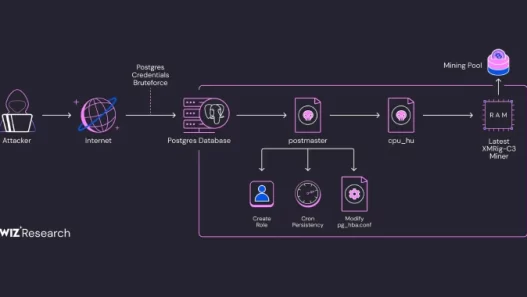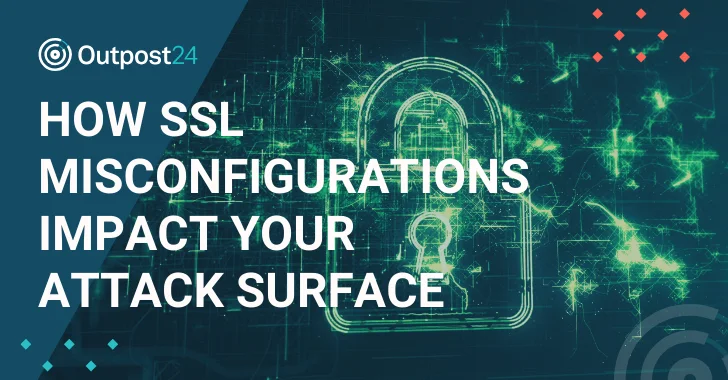Why SSL Misconfigurations Matter
SSL misconfigurations are a critical issue when assessing an organization’s external attack surface. These errors, ranging from outdated encryption protocols to expired certificates, expose businesses to cyber threats. With over 53.5% of websites suffering from weak SSL/TLS configurations, securing your encryption setup is essential for protecting your web applications and reducing attack vectors.
When configured correctly, SSL enhances cybersecurity resilience, securing sensitive data and maintaining user trust. However, misconfigurations can expand your attack surface, making your business vulnerable to cyberattacks. Below, we explore the impact of SSL misconfigurations and how to mitigate these risks effectively.
Understanding SSL Misconfigurations
An SSL misconfiguration occurs when SSL certificates are improperly set up, leading to security vulnerabilities. Common issues include:
- Outdated encryption algorithms – Using deprecated protocols like SSL 3.0 or weak cipher suites.
- Incorrect certificate setup – Mismatched or improperly chained certificates.
- Expired SSL certificates – Allowing certificates to lapse, causing security warnings.
These misconfigurations create potential entry points for hackers, increasing the likelihood of cyberattacks.
How SSL Misconfigurations Increase Cyber Risk
SSL certificates are designed to authenticate websites and encrypt data transmission. However, when misconfigured, they introduce serious security risks:
- Man-in-the-Middle (MITM) Attacks – Attackers intercept communication between users and websites, enabling data theft and manipulation.
- Eavesdropping – Weak encryption or expired certificates make it easier for attackers to listen in on sensitive conversations.
- Data Breaches – Improper SSL setups, such as insecure redirects or mixed content issues, can expose confidential information.
- User Desensitization – Frequent SSL errors on company websites can lead users to ignore security warnings, making them more susceptible to phishing attacks.
Challenges in Identifying SSL Misconfigurations
Detecting SSL vulnerabilities can be difficult, especially without an External Attack Surface Management (EASM) solution. Traditional security tools often fall short because:
- Limited Coverage – Many security solutions focus on internal assets, missing external-facing vulnerabilities.
- Constantly Changing Digital Environments – Websites, applications, and services are continuously updated, introducing new misconfigurations.
How EASM Helps Mitigate SSL Risks
To strengthen SSL security and manage attack surfaces proactively, organizations should leverage an automated, cloud-based EASM solution. A robust platform should offer:
- Continuous Monitoring – Scans all internet-facing assets for SSL vulnerabilities.
- Certificate Management – Tracks expiration dates, TLS versions, and issuer details.
- Automated Analysis – Identifies misconfigurations and ranks them by severity.
- Proactive Alerts – Notifies security teams of potential issues before they become threats.
- Managed Security Services – Provides 24/7 monitoring and expert remediation support.
Strengthen Your Cyber Resilience
Your attack surface grows as your organization expands its digital presence. Implementing an EASM solution helps you identify and resolve SSL misconfigurations, ensuring a secure and resilient cybersecurity posture.



















